New publications
The most common foot diseases have been named
Last reviewed: 01.07.2025

All iLive content is medically reviewed or fact checked to ensure as much factual accuracy as possible.
We have strict sourcing guidelines and only link to reputable media sites, academic research institutions and, whenever possible, medically peer reviewed studies. Note that the numbers in parentheses ([1], [2], etc.) are clickable links to these studies.
If you feel that any of our content is inaccurate, out-of-date, or otherwise questionable, please select it and press Ctrl + Enter.
Sometimes "bones" on the feet, protruding bones and ingrown nails do not seem to be such global problems, but in fact these troubles can cause pain and become a serious problem if you let the disease take its course. If something bothers you when walking, then we suggest that you arm yourself with knowledge and recognize all such troubles in the face, so that your feet are healthy.
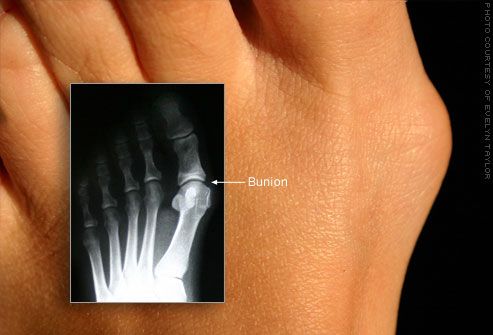
People have shortened this long name to simply "bone". With this disease, it is not recommended, and it is very difficult to wear tight shoes and heels. Due to the deviation of the big toe inward, the metatarsophalangeal joint is curved and a so-called bump or bone is formed. If the bone is affected by factors such as wearing tight shoes or arthritis, then a bone callus may develop.
Corns and calluses
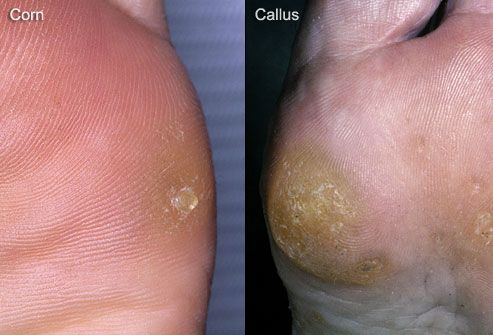
These are hardened, hard areas of skin that protect the skin from damage and thus perform a protective function. Corns are formed in places of point friction, and calluses are more extensive calluses that cover a larger area. The reason for their formation is tight shoes.
Gout
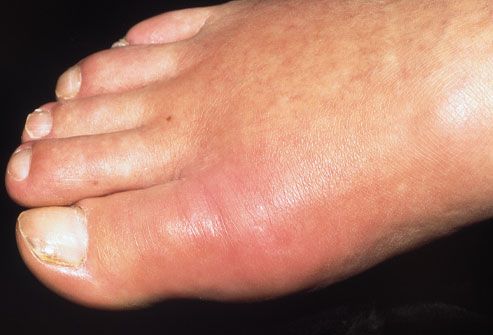
This is a form of arthritis that torments the owner in combination with acute pain, swelling, redness and hardening. The cause is an increase in the level of uric acid and its salt in the joints. It is possible to alleviate the course of painful symptoms with the help of drugs that reduce the amount of uric acid in the blood, as well as anti-inflammatory drugs.
Plantar warts
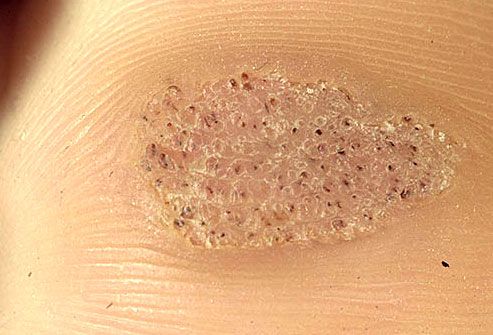
A hard growth on the sole that causes a virus to enter the body through cracked skin. You can often get infected in public showers and swimming pools. The problem can be solved with salicylic acid, which is applied to the damaged surface.
Athlete's foot

Or as this fungal disease is also called "athlete's foot". This disease is characterized by burning, itching and reddening of the skin. It is transmitted by direct contact with the carrier of the infection. Often, infection occurs in locker rooms, swimming pools and gyms. To treat this disease, an antifungal ointment is used, and in severe cases, oral antifungal drugs.
Nail fungus
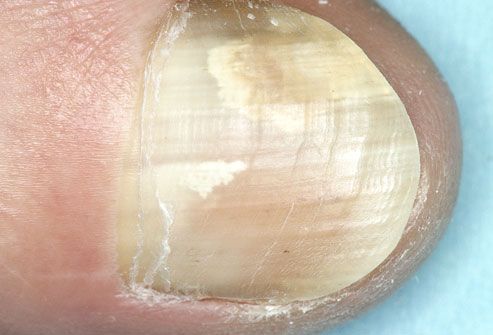
This unpleasant disease is transmitted by contact. The fungus penetrates into microcracks in the nails and multiplies well in a warm, humid environment. The nail becomes brittle, thickens and discolors. As in the case of athlete's foot, antifungal ointments are used to treat nail fungus, and in severe cases, oral antifungal drugs.
Hammertoe deformity
The cause of this disease can be an "imbalance" of the muscles responsible for controlling finger movement, as a result of which the finger bends at the interphalangeal joint. Both hereditary factors and wearing tight shoes can influence the development of the disease. If you choose comfortable shoes, the problem should go away on its own, except for severe cases when surgical intervention is required.
Ingrown toenail
This seemingly minor problem can result in serious consequences, including infection of the affected area. The cause is an improperly treated nail or tight shoes. Sometimes an ingrown nail has to be removed completely.
Flat feet
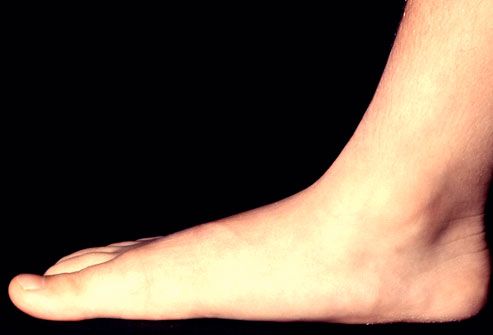
Flat feet are a foot deformity in which the sole is almost completely in contact with the ground. It can be caused by heredity, or it can develop as a result of injuries or diseases, such as rheumatoid arthritis. This disease can be treated by wearing orthopedic shoes and doing exercises that strengthen the foot muscles.

 [
[